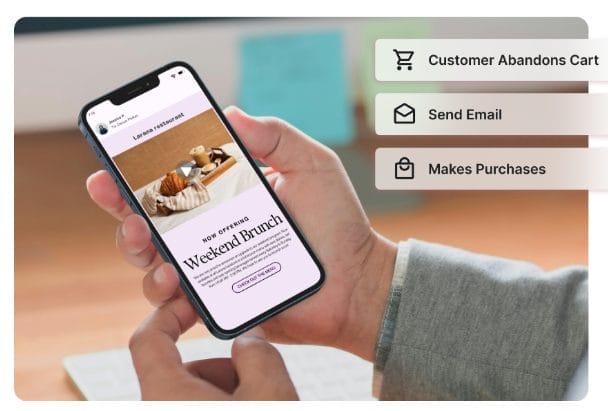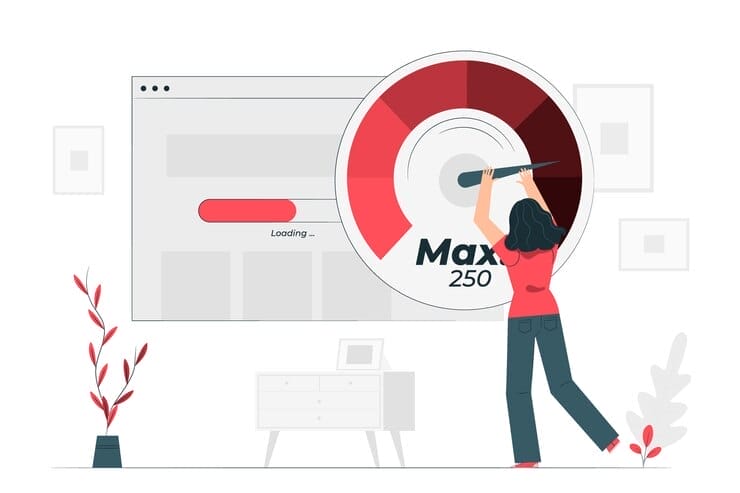Use this Brand Positioning Examples and Lessons from world-branding brands like Apple, Mc Donalds, Cocacola and others to position your brand and stay ahead of the curve.
Brand Positioning is one of the most important parts of marketing.
According to The Content Marketing Institute and Marketing, the most effective content marketing strategy generates awareness, builds relationships, increases trust, and motivates people to take action.
Successful brand positioning has a significant impact on your content marketing efforts. It helps you put the correct elements into place to create quality content that works.
Table of Content
Table of Contents
Brand Positioning Examples and the Lessons

Differentiating yourself from the competition isn’t something that happens by chance. Strategic brand positioning can help you remain competitive in your market, build trust with a new audience, and keep your existing customers happy.
BMW, Coca-Cola, McDonald’s, and Apple have something in common. They’re all companies that stood out from their competition. The majority of them do not attempt to stand out! However, for some strange reason, they’ve become associated with success.
Why is this? Well, it’s probably because they’ve conquered the art of branding. As individuals and as a company, there are a lot of things that we can do and change to make an impact on people.
We can have a great product or service, a good location, shiny new technology, and highly competent employees. But unless you know how to brand your business, nobody will notice these things.
The most effective way to grow is to learn from companies that have made a name for themselves in their industries by creating a distinct image in the minds of their customers. There are quite a few brands that have distinguished themselves from their competitors, thanks to part of their brand positioning. Here are four powerful brand position examples and how it’s done:
The BMW case study
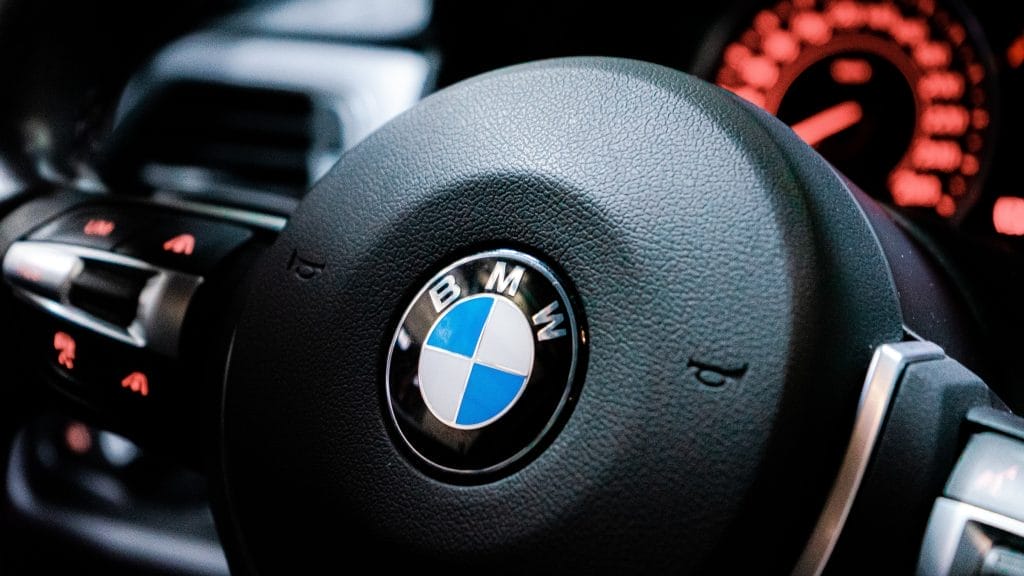
The BMW Group is a multinational corporation producing and selling luxury vehicles, motorcycles, and engines. The BMW Group is one of the world’s most prestigious and leading manufacturers of vehicles, with 2,279,503 cars produced in 2017.
Although BMW has a long history of manufacturing luxury vehicles, to keep up with the competition and continue to increase sales, they need to appeal to the purchasing class and attract those who want to own a luxury vehicle.
BMW uses the Customer Service Positioning Strategy to entice its audience by demonstrating the experience and benefits they will receive if they purchase its products. Customers are shown that it is not just about the car but also about the experience of having the car. BMW ensures that every step of the customers’ journey is as smooth as possible.
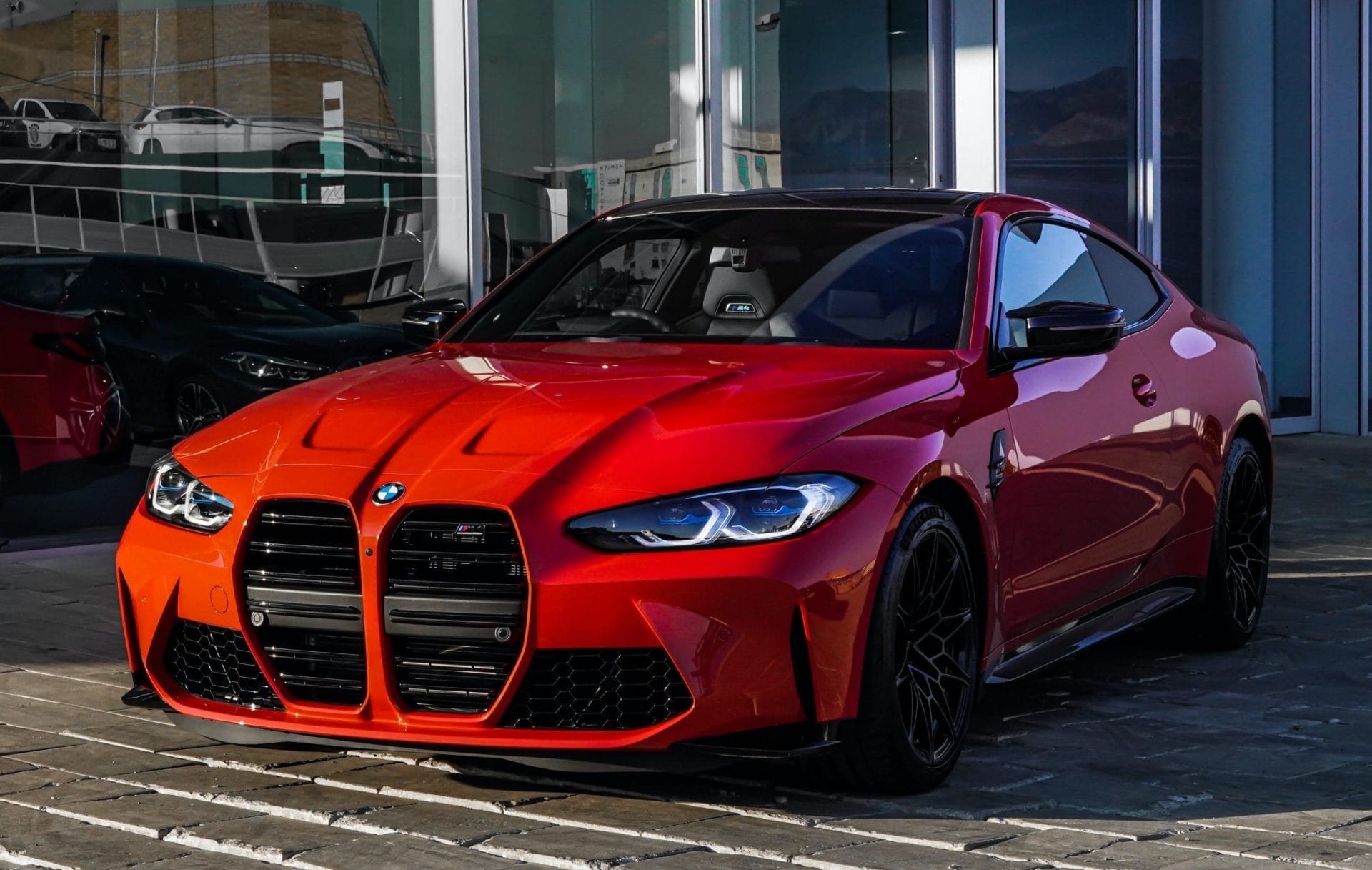
From test drives to service appointments and beyond, they want to ensure that you feel like you’re being taken care of by someone who understands what makes you tick and what it takes to make your life easier.
BMW customers want their car to be prestigious and luxurious. They want to be associated with high-quality artistry and an appearance that reflects their status in society. In terms of needs, wants, and demands, BMW belongs to the Demand segment, indicating that the individual belongs to a higher social class.
BMW customers demand high-quality products that will last longer than other brands. This ensures they do not waste money on repairs or replacement parts for their cars.
Apple’s brand positioning strategy
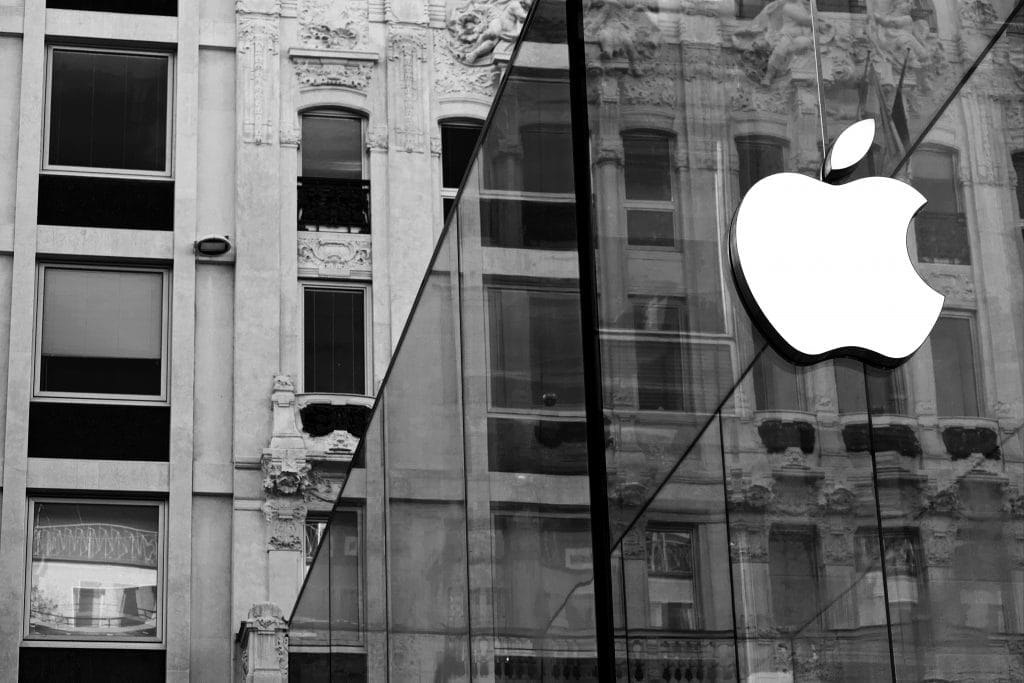
Have you ever wanted to say, “I’m an Apple user,” with a sense of pride and accomplishment? You’re not alone.
When you buy a new iPhone, you expect it to be the best phone you’ve ever used. You don’t expect anything less than cutting-edge technology and innovation. That’s because Apple has built a brand that helps them sell more products and forms deep and meaningful customer relationships.
And many of its users are willing to pay a premium for it. Apple products are status symbols that are purchased for emotional reasons rather than for practical reasons.
Apple’s emotional branding strategy reinforces this message with customers: they want their customers to feel like they’re part of something special when they buy an Apple product. It’s not just about what it can do but also how it makes you feel.
Apple’s strategy of using exceptional experiences to create an emotional connection with customers is brilliant, especially in this competitive industry. This emotional connection sets Apple apart from other technology companies—and why their customers are so loyal to them. And many of its users are willing to pay a premium for it.

Customers want to feel unique and valued. They want to be made to feel like they matter! Apple, more than anyone else, is well aware of this. They even have a genius bar where customers can go for help and advice when they’re having trouble with their products—and the staff there are explicitly trained in dealing with customers who can’t figure out how to use their own devices (which happens a lot).
Apple, too, employs a competition-based positioning strategy. Because the technology industry is so competitive, Apple makes it a point to invest heavily in research and development and regularly releases new products and features. It continues to develop exclusive brand-specific technologies that are not available anywhere else.
As a Brand, you must ensure that your brand values are consistent across all channels. Everything counts regarding brand communication, just as it does with Apple’s branding strategy. Customer service, emails, web design, landing pages, and your logo are all things to consider. Every customer interaction is an opportunity to increase brand recognition.
Apple has always been known for its consistent brand positioning strategy and ability to communicate with its customers in a way that makes them feel like they’re part of something bigger than themselves.
They have a clear mission statement: “To enrich people’s lives through great products.” Everything from their products’ packaging to how they interact with their customers online reflects this mission statement somehow.
Why Coca-Cola succeeds
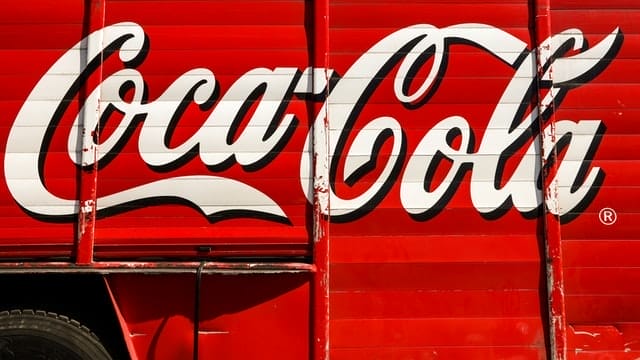
Coca-Cola has been one of the most recognizable brands in the world for over a century, even through multiple name changes and growing pains. Coca-Cola is a company with a long history, and the brand has a rich and storied past; since its inception in 1886, Coca-Cola has left an indelible mark on culture and society.
From its humble beginnings as a soda fountain in Atlanta, Coca-Cola has grown to become one of the world’s largest beverage companies.
Coca-Cola’s success stems from its ability to adjust to changing market conditions while maintaining its core values. This includes focusing on high-quality ingredients and creating a product people want to drink.
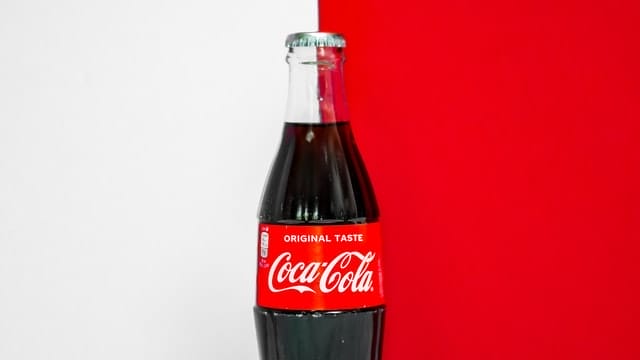
Coca-Cola must innovate and create unique experiences to stay relevant with customers. Coca-Cola has always been known for its innovative approach to marketing, product design, and packaging.
From their iconic contour bottle to their ever-changing campaigns, Coca-Cola aims to surprise and inspire its customers through clever marketing strategies and innovative products.
Coca-Cola’s marketing strategies aim to convert viewers into fans and loyal customers by surprising them with unique campaigns that are both memorable and beautiful in their simplicity.
McDonald’s brand strategy

The fourth brand positioning example we want to share is Mcdonald’s. McDonald’s is one of the world’s longest-running fast-food chains. With thousands of locations across the globe, these restaurants serve up favorite items, including hamburgers and fries made fresh daily, to customers who appreciate quality food at affordable prices.
Their menu has something for everyone: burgers and fries, chicken nuggets, and ice cream shakes. But they also offer healthier options such as salads, wraps, and even vegetarian options!
They aim to ensure customers can find something they love at McDonald’s without breaking the bank. They take pride in serving high-quality food to everyone, regardless of their financial situation or the number of mouths they must feed.

McDonald’s is a worldwide success because of its uniformity. McDonald’s is a company that takes pride in its ability to provide the same quality, service, and food no matter where you go. A McDonald’s burger will always taste the same and cost about the same whether you’re in Sydney, Dubai, or New York. This ensures that no matter where you go, you’ll get the same quality, service, and food.
Every McDonald’s restaurant is a testament to the vision of McDonald’s founders, who dreamed of creating a place where people from every part of the world could come together and enjoy great-tasting food.
The restaurants are all built to look identical, with identical decor, tables and chairs, menus, and employees’ uniforms. This makes it easy for customers to find a McDonald’s in any part of the world without worrying about whether they’ll get what they expect when they walk through the door.
Dove

Dove has been around for many years now and is still going strong. Dove is known for its clean and fresh scent that can give any product a boost. The brand’s tagline is simple but accurate; “Real Beauty Sketches Real Women.”
This means that Dove is not about superficial beauty but about real women who are beautiful inside and out. They believe each woman is unique and deserves to feel good about herself.
The Dove campaign focuses on three messages:
• Real Women Are Beautiful
• Be Yourself
• Love Your Body
A “Real Beauty” campaign by Dove global initiative aimed at helping people recognize their beauty and telling them to accept themselves just the way they are.
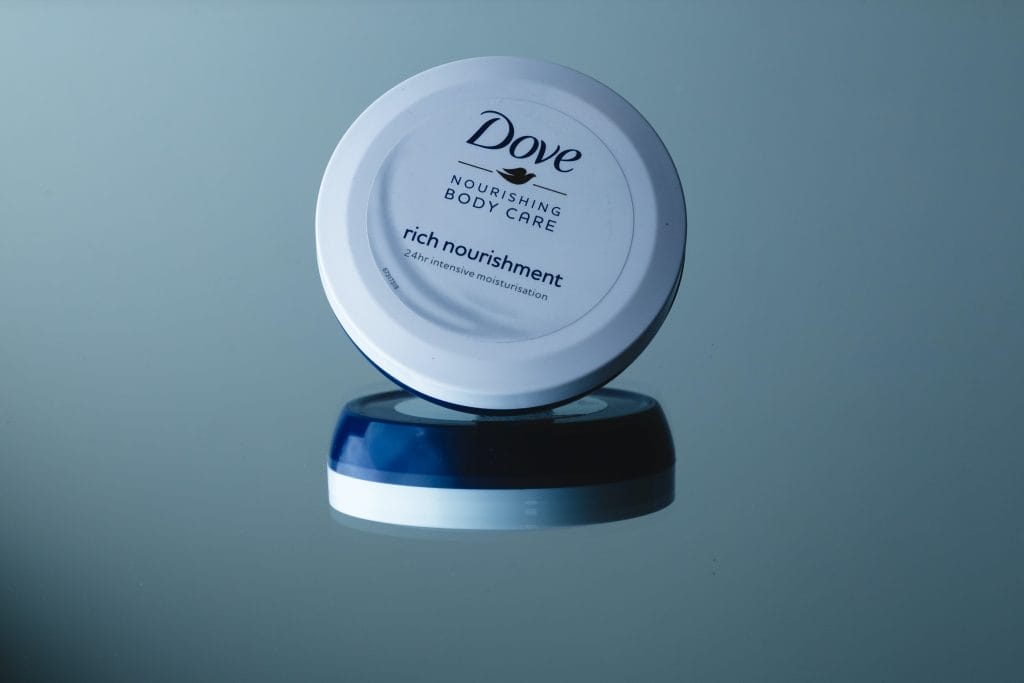
Dove products are promoted as personal care items targeting average women everywhere. They primarily concentrate on positioning their brand around feminine and attractive qualities that appeal to female consumers.
In comparison to its competitors, the Dove brand is well-positioned. Their advertising plays on women’s incredible beauty. By concentrating primarily on the emotional aspect, the company could help its audience react to and identify with the message.
Amazon
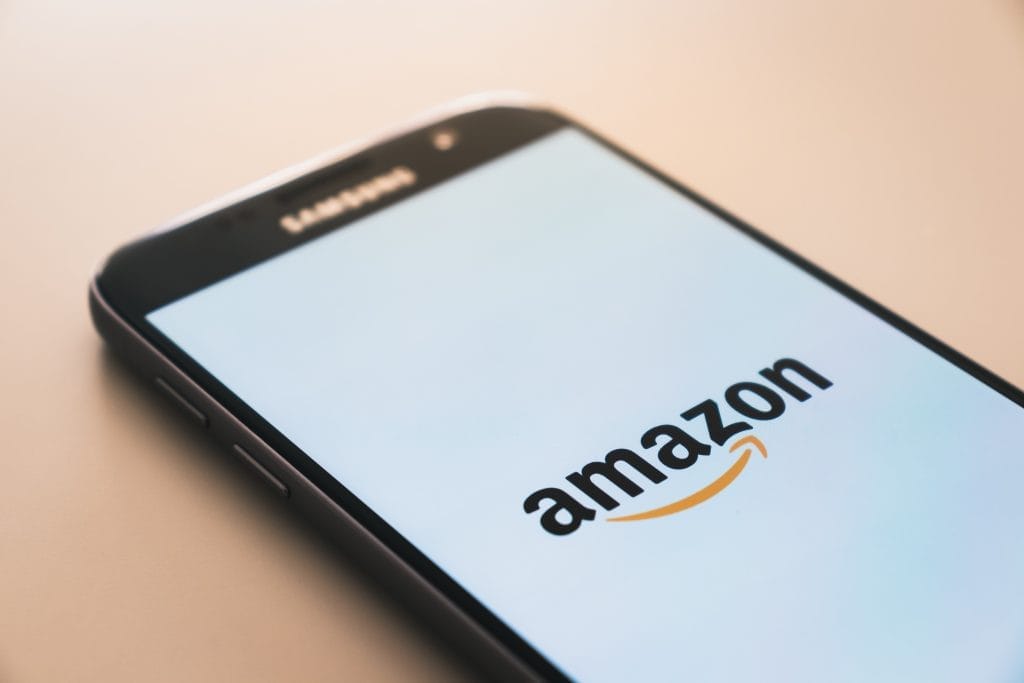
Amazon is a global e-commerce company that offers a wide range of products at affordable prices. Since 1994, they have existed and are now the world’s largest online retailer. Their business model is based on offering low prices and fast delivery through their own logistics network.
The brand’s positioning is determined by its interaction with its customers, elevating shopping to a new level. User experience for the customer is central to each of these.
Amazon is known for its customer service and has won multiple awards.
Many customers have reported receiving free returns and refunds due to faulty products. They also provide a money-back guarantee if the product does not work out for some reason.
The message is clear: Amazon can assist you regardless of where you are or what you want to purchase.
The Amazon brand is positioned as a premium brand that offers high-quality products at affordable prices. Amazon has achieved this position through its ability to provide customers with great value for money.
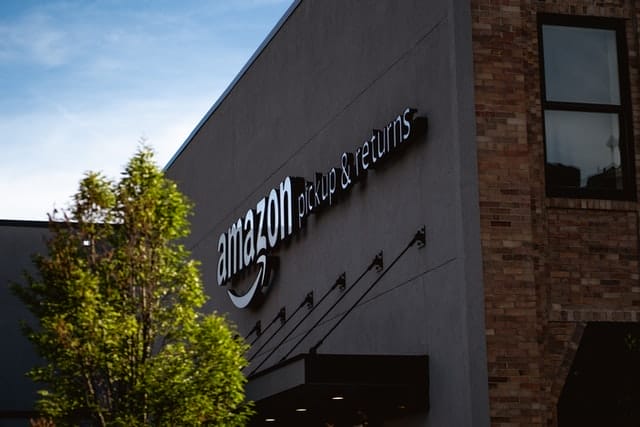
This is achieved through offering a wide range of products from different categories. They also provide excellent customer service and have a good reputation among consumers.
This positioning statement helps them understand what they stand for and how they want their customers to perceive them.
Amazon can compete with other brands in the market if they continue to provide great product selection, excellent customer service, and competitive pricing.
Amazon’s business model is unique and different from others in the market. In addition to selling products, they also offer services like cloud storage, web hosting, and domain registration. They also allow people to rent things like cars, boats, and RVs.
HubSpot
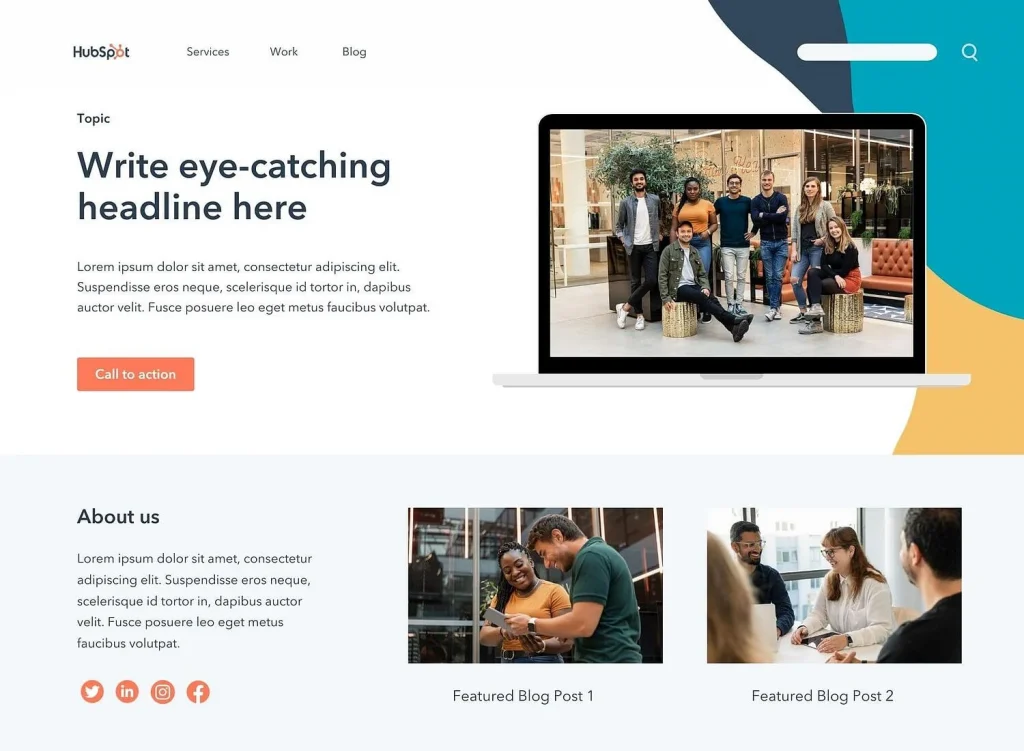
The phrase “Inbound Marketing” was invented by HubSpot, and they based their entire company around it.
HubSpot is a provider of marketing software for companies. Build better relationships with their customers. Their product line includes HubSpot Inbound Marketing, HubSpot CRM, HubSpot Sales, HubSpot Social Media, HubSpot CMS, and HubSpot Analytics.
They have over 10,000 clients worldwide, including companies like Coca-Cola, Procter & Gamble, American Express, Toyota, Dell, eBay, and many more.
HubSpot is an excellent illustration of how to create a based on its product’s core values. Its tagline is “The Marketing Platform Built for Small Businesses.” This is a simple message that gets across what HubSpot does well.
It’s not overly complicated and doesn’t try to sell too much at once. Instead, it focuses on the benefits of using its product.
They built their platform around the idea of producing informative content that attracts visitors to your website.
HubSpot is constantly improving its product and service offerings. They recently launched a new version of their platform called “Inbound.” They’re doing this to keep their customers happy and attract new ones. They use high-quality services, support systems, and tools to provide inbound marketing to the world.
HubSpot is a pioneer in its sector and uses this to its advantage. They are always looking ahead to what’s coming down the road and how they can stay relevant. They do not consider their success a given and carry on. They are constantly innovating and improving their services.
Virgin Atlantic
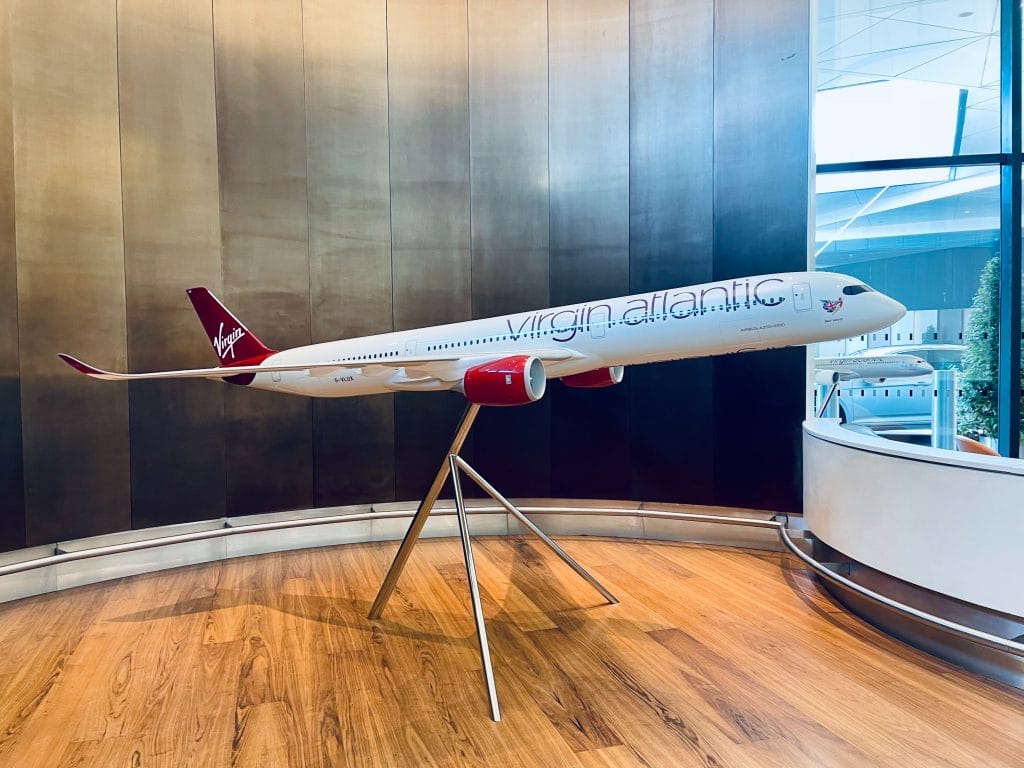
Virgin Atlantic’s brand positioning was developed through extensive research into the airline industry and its customers. Virgin’s strategy was based on three core values: Passionate, Fun & Friendly, and On Time.
These core values were then applied to creating Virgin’s customer experience, including their website, social media campaigns, and advertising material. The result is a solid and consistent identity that has helped Virgin Atlantic become a global leader in the travel market.
Virgin Atlantic’s brand positioning is built upon these core values, which are reflected throughout the company’s marketing materials. This includes the ‘Passionate’ tagline used across their website, social media accounts, and advertising material.
This tagline can be seen in the following examples:
* Virgin Atlantic’s annual report states that they are passionate about providing “a world-class service” (2013).
* Their Facebook page states they are “passionate about flying” (2014).
* Their Twitter bio states that they are ‘passionate about flying, food, and music (2015).
* Their Instagram profile picture shows them standing in front of a plane, holding a cup of coffee (2016).
Brands like Virgin enter the market not to provide something fresh but to challenge everything we previously believed to be true about a particular industry or concept.

The company now wants to provide space travel to its clients and is among the first to offer in-flight internet and personal movie displays.
Even though Virgin still occasionally uses traditional forms of promotion like billboards and television commercials, its marketing strategies now place a greater emphasis on the digital world.
Jill Fletcher, the social media manager for the Virgin branding team, claims that the company’s airline alone has one of the best growth rates ever on Facebook and Twitter.
No matter where you go to interact with Virgin on a social level, you can count on receiving excellent customer service that is always provided with the same voice tone, appearance, and distinctive personality that we’ve come to know and love.
Michelin
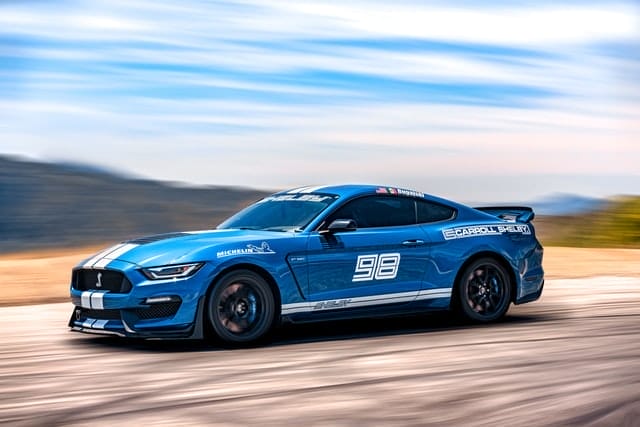
The well-known Michelin brand’s quality and reliability have been around since 1889. To position itself in the market, Michelin did not change its original strategy but instead focused on the quality of its products and services.
They have positioned themselves as a value-added service provider that can provide customers with solutions to their problems.
Consumers often look for quick answers to their questions in today’s fast-paced world. They want to know how much they should pay for something before buying it. This is where the Michelin brand comes into play.
They advise their customers about what they need when they need to buy it, and at what price. They aim to support people in making informed decisions about their purchases.
This approach has helped them become the leading tire company around the globe. Today, Michelin is recognized as a leader in the automotive industry. But it wasn’t always like this.

When they first entered the business, they were rejected by the public. The reason? People thought that tires would only last for a short period. So, Michelin had to prove them wrong.
Today, Michelin is considered a global tire and mobility industry leader. They have over 100 years of experience and knowledge. As a result, Michelin has developed some of the best products in the industry. These include premium tires, road safety systems, and vehicle maintenance equipment.
The company has developed into a favorite of race car drivers. It also establishes itself as an authority on all aspects of vehicle travel with the aid of guides and maps.
Nike
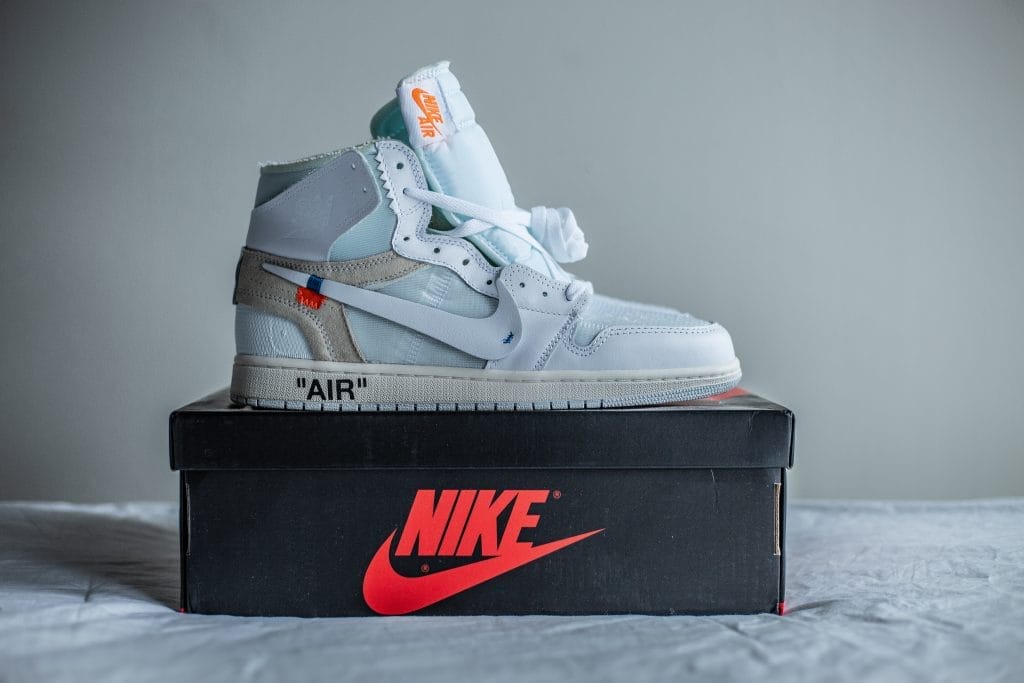
As inspirational as their brand positioning, Nike’s history is also. The history of running shoes can be traced back to 1964, when Bill Bowerman, the University of Oregon’s track and field instructor, and Phil Knight, one of his athletes at the time, recognized the urgent need for more comfortable running shoes for athletes—shoes that weren’t burdensome on the feet and could withstand friction.
They recognized the market’s wants and developed new shoe designs that satisfied them. Athletes started clamoring for the shoes shortly after, and eventually, the Nike brand emerged.

The tale of Nike’s customers’ journey, including their ambition, difficulties, setbacks, and accomplishments, is the foundation of the company’s branding and marketing. Nike serves as the “guide” or the system of support that encourages its users to pursue their goals and develops the tools necessary to do so.
Nike succeeded in attracting serious athletes by focusing on innovation and performance. Today, the company sells more than just shoes; it also provides athletes with a whole range of gear that will improve their performance. They promote serious fitness with their slogan “Just Do It” and their models.
Walmart

Walmart is the world’s largest retailer. It has been around since Sam Walton founded the company in 1962. As of 2015, it had 4,356 stores around the globe. Its headquarters are located in Bentonville, Arkansas.
The company has positioned itself as a store that caters to the mass market. Everything from furniture to food is available at the one-stop-shop under one roof. The complete and affordable family supermarket brand has enticed customers for years.
Walmart stores offer a vast selection of products. They deliver what consumers desire to the market. Selling and promoting a product consumers want is more straightforward than influencing the market with innovation.

Walmart abides by the slogan “Save money, live better,” which is actively and persistently promoted through its various marketing campaigns.
To ensure that their clients can find the best deals daily. They offer many products, including groceries, clothing, electronics, furniture, home goods, toys, food, health care, jewelry, pet supplies, sporting equipment, automotive items, books, and more.
Walmart has mastered the following aspects of pricing positioning: Instead of overpricing goods, they concentrate on bulk sales and offer prices that appeal to customers. Excellent procurement techniques allow the business to negotiate with the most economic players in the supply chain to maintain low rates.
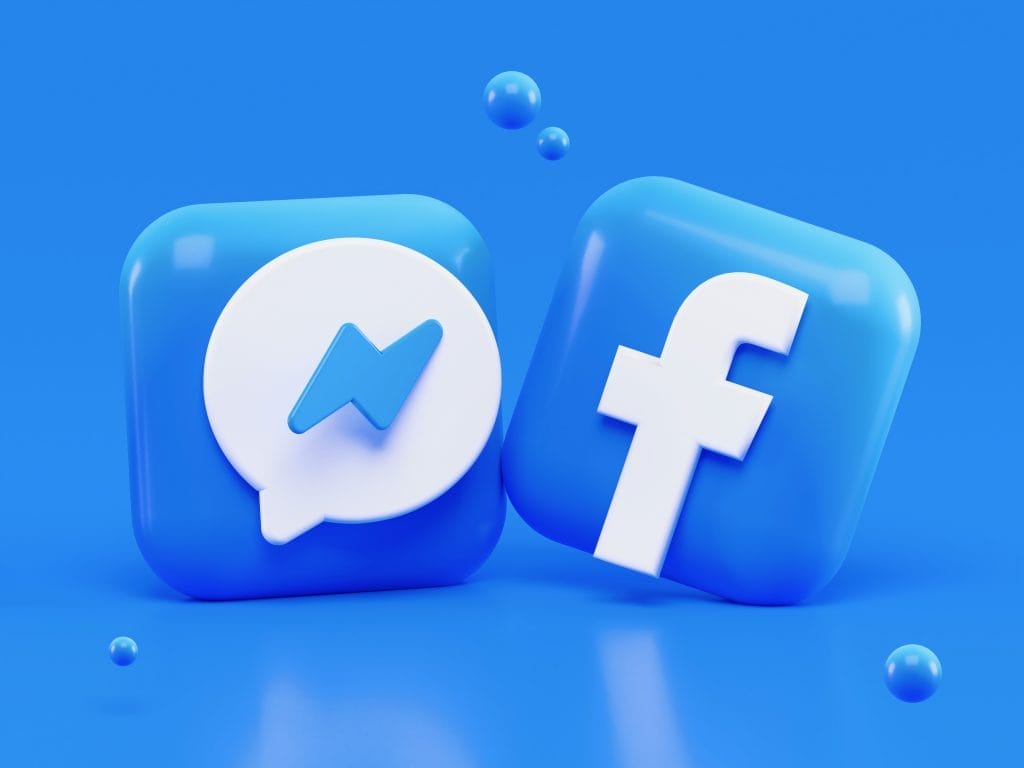
Since 2004, Facebook has existed, although its popularity continues to increase. It was initially intended to connect college students across the world.
Facebook has become a ubiquitous force throughout society. With over 1 billion users worldwide, this social media platform, Facebook, allows users to connect with friends, family members, others worldwide, and even strangers. Its widespread use is due to its simplicity, accessibility, and ability to reach a massive audience.
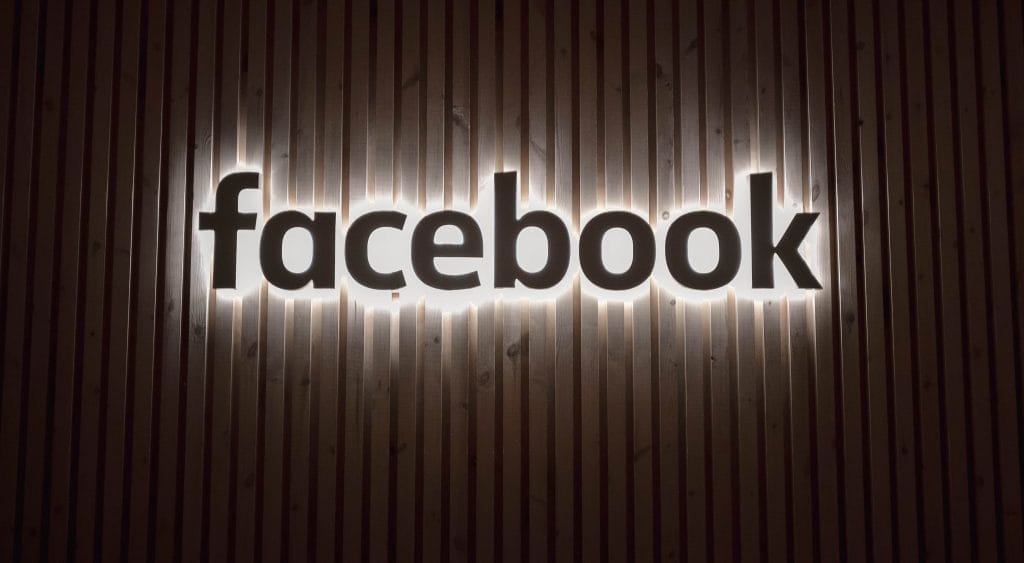
Facebook has become an effective marketing tool in recent years. Companies use this social media network for advertising their products and services, building brand awareness, and increasing sales.
However, Facebook does not allow businesses to advertise directly on their website. Instead, they have a system that will enable advertisers to pay to promote posts from brands and affiliated companies.
Facebook allows companies to target specific groups of people based on age, gender, location, interests, occupation, income level, etc. This enables businesses to reach potential customers where they spend time online.
Netflix

Netflix is known for its ability to provide entertainment to viewers around the world. To distinguish itself as a premium service, Netflix provider that offers viewers unparalleled content and excellent customer service. Its brand identity, online media, and marketing campaigns support this positioning.
Netflix’s brand promise “We are not just TV” represents its commitment to providing exceptional value to consumers. This is reinforced through their use of emotional language in their advertising and branding strategies.
They promote themselves as the best place to watch movies and television shows. This is supported through their website design and marketing efforts.

Netflix is known for offering customers excellent customer service. They leverage this reputation to build trust among customers and attract new subscribers. They should keep improving their customer service and ensure they are always accessible to their users. This is represented through their strong reputation as well as their customer-centric approach.
The company uses social media to reach out to customers and build relationships. Through this strategy, they have created loyal fans who enjoy being able to interact with each other.
Netflix’s tagline “See what everyone else sees” reinforces its position as a leader in the entertainment industry. Their tagline speaks directly to their audiences and encourages them to try new things.
Common Traits Of Successful Brand Positioning
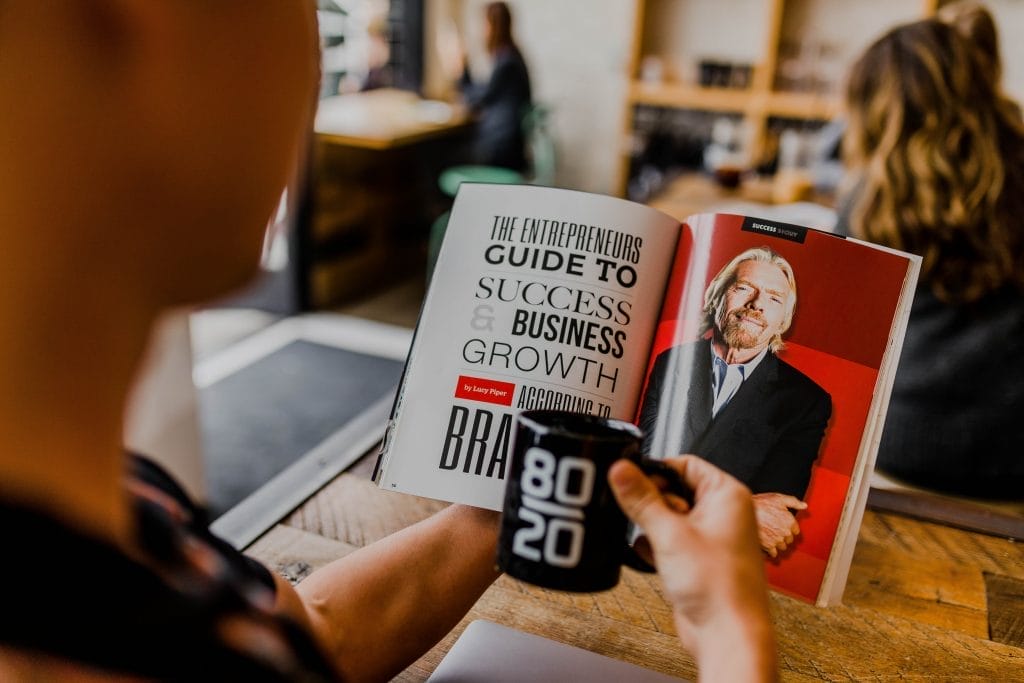
These are some of the brands that are taking the world by storm with their products and services. Even though they are conquering completely different industries, they share some strategies that help them do it big in their respective markets. Let’s take a look at what these powerful brands have in common.
1. Consistency is king!
Consistency is what makes brands stand out from the crowd. If your product is inconsistent, people won’t know what they’re getting. This can lead to customers not knowing whether they are getting the same thing repeatedly.
A brand identity is what makes your company unique from other companies. A brand identity can be anything from a logo, color scheme, tagline, website design, product packaging, etc. Customers will not know who they’re buying from if your branding is inconsistent. They’ll think you’re just another business trying to make money off their backs.
2. Be transparent about your products
To build trust with your consumers, ensure they understand precisely how your product works. People don’t like being fooled into thinking something will work one way only to find out later that it’s different.
3. Have A Clear Purpose And Vision
Your purpose should always be clear to your consumers. You want them to understand precisely what you do and how you help people. This way, they’ll no doubt where they’re going with your brand.
4. Keep Up To Date On Social Media
Today, social media has become an integral part of our daily lives. We use these platforms to stay up to date on everything important to us. Make sure you’re promoting your business on social media. Regularly share content and engage with your followers.
5. Don’t be afraid to change things up
Your brand should never feel stagnant. You’ll always be ahead of the game if you’re constantly trying to improve. The foundational pillar of value-based branding is trust, and trust is built on the pillars of consistency, transparency, and integrity.
Businesses that rely on value-based branding will inevitably have a better reputation for quality products and services and above-average customer service. Value-based branding works in almost all industries, but it mainly works well in the luxury sector because what luxury brands promise (and deliver) is superior quality in every aspect of their business.

Final Thoughts On Brand Positioning
In the end, brand positioning can make a company very appealing or very unappealing.
BMW, for example, is a luxury car manufacturer that has positioned itself as an aspirational brand for many.
In contrast, some businesses appear to compete solely based on price. When you think of McDonald’s, the first thing that comes to mind is the word “affordable.”
While they may try to elevate their products with certain features, their brands appear to be more concerned with meeting a specific functional need rather than being desirable in general.
Each of the brands used in this brand positioning examples piece has a strong brand identity. The goal of brand positioning is to establish a clear distinction between your company and any potential competitors.
The positioning of your brand should be at the forefront of your strategy.
Design, colors, and logos are all important, but establishing a strong position takes time and effort, especially in the beginning. Plus, if you’re thinking about going out on your own and starting a business, keep in mind that brand positioning isn’t something you can change overnight. It’s something you work on over time.
RELATED: Read the ‘Best Guide to Brand Positioning in 2022‘
You love this Article, right? Get more Updates via Adilo Twitter Page

